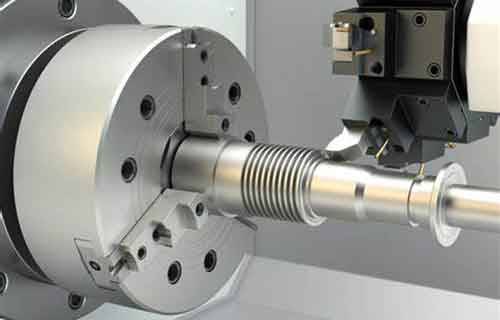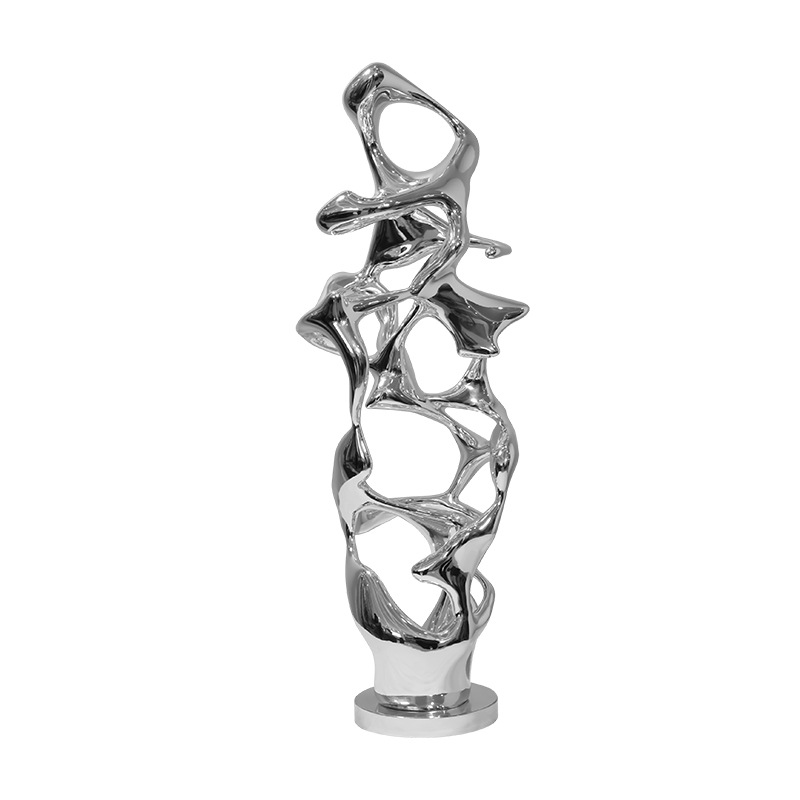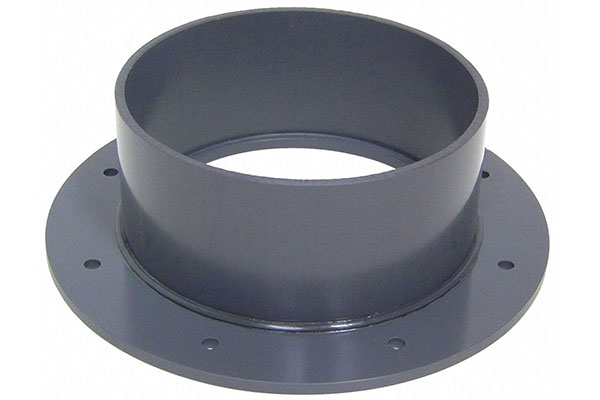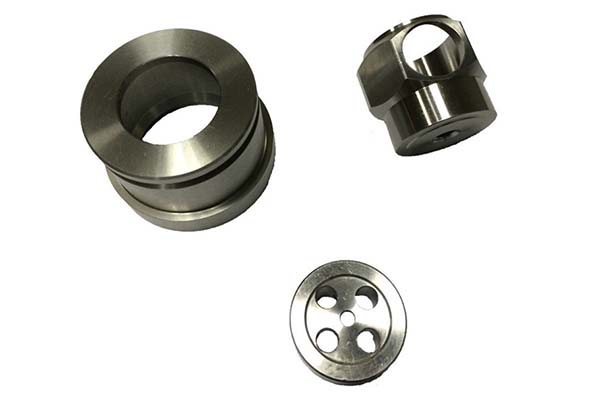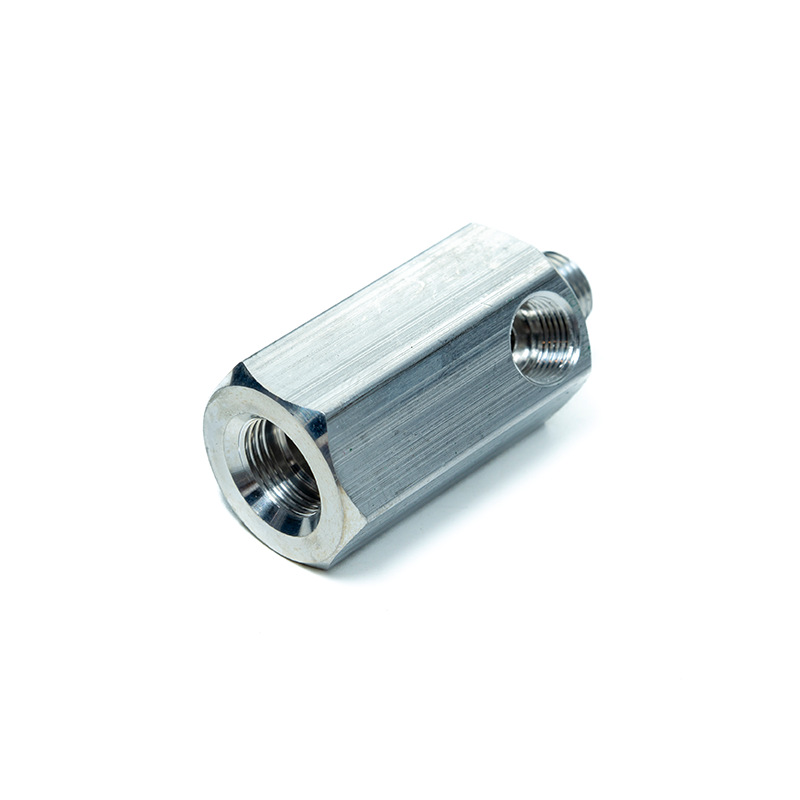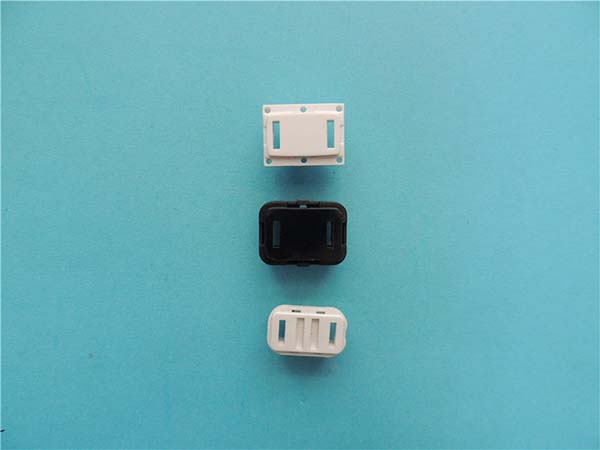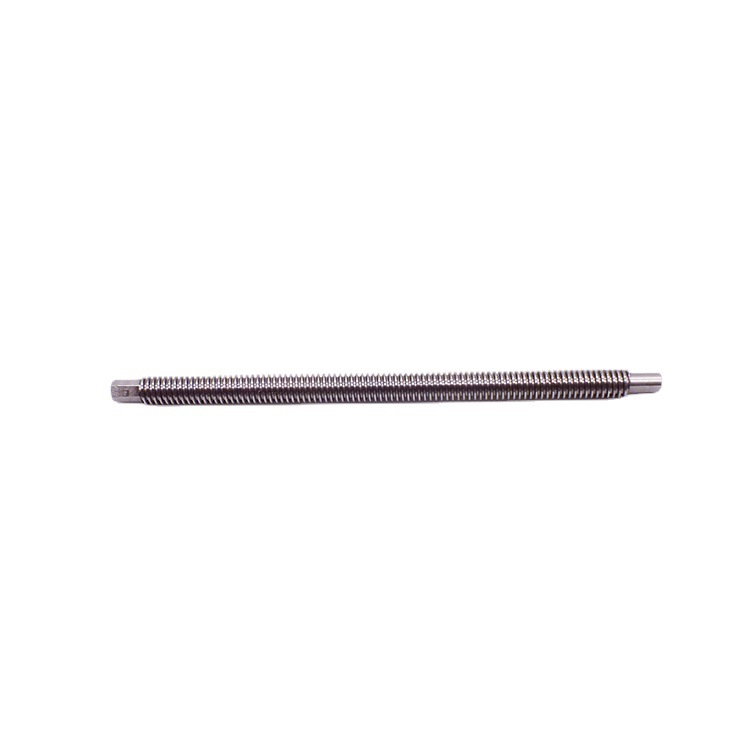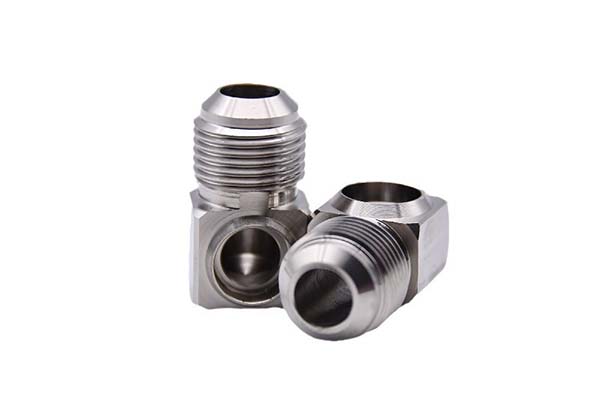Imagine an aerospace company that spends months designing a critical engine component, only to have it fail during testing because the machining was off by 0.002 mm. Or a medical device manufacturer whose implant doesn’t fit properly due to inconsistent fabrication processes. These scenarios highlight the high stakes of precision machining and fabrication—where even the smallest error can compromise safety, performance, and profitability. In industries ranging from aerospace to healthcare, the ability to produce parts with pinpoint accuracy and reliable quality is not just a competitive advantage; it’s a necessity. This guide will explore the technologies, processes, and best practices that make precision machining and fabrication indispensable in modern manufacturing.
Precision Machining Technologies: Beyond Basic Cutting
Precision machining relies on advanced technologies that push the boundaries of what’s possible in terms of accuracy and complexity. These technologies are designed to handle the most demanding requirements:
- CNC machining is the cornerstone, with multi-axis machines (5-axis and beyond) enabling the production of intricate geometries that would be impossible with manual methods. For example, a 5-axis CNC mill can create a turbine blade with complex curves and undercuts in a single setup, reducing errors that come from repositioning the part.
- EDM (Electrical Discharge Machining) uses controlled electrical sparks to erode material, making it ideal for hard metals like tungsten or for parts with microscale features (e.g., 0.01 mm holes in medical devices). Wire EDM, a type of EDM, can achieve tolerances as tight as ±0.0001 mm.
- Laser cutting and water jet cutting offer non-contact precision, perfect for delicate materials or parts where heat from traditional cutting would cause distortion. Laser cutting excels at thin metals (up to 25 mm thick), while water jet cutting can handle thicker materials (up to 100 mm) without thermal damage.
- Micro-machining focuses on parts smaller than 1 mm, using specialized tools and high-speed spindles (up to 100,000 RPM) to create features like micro gears or connectors for electronics.
A study by the Precision Machining Association found that parts produced with advanced precision technologies have a 99.9% first-pass yield, compared to 85% for parts made with conventional methods.
Fabrication Processes: Building from Parts to Products
Fabrication is the art of transforming raw materials into finished products through a series of processes that extend beyond machining:
- Welding joins metal components with precision, using techniques like TIG (Tungsten Inert Gas) welding for high-quality, clean joints in aerospace and medical applications. A recent project for a satellite manufacturer required welding 0.3 mm thick aluminum sheets with zero distortion—achieved with laser welding.
- Sheet metal fabrication includes bending and forming to shape flat metal into 3D parts. CNC press brakes can bend metal with angles accurate to ±0.1 degrees, ensuring consistency across batches.
- Assembly brings together machined and fabricated parts into final products. Automated assembly lines with robotic arms ensure that components fit together with the same precision as they were machined, reducing human error.
What sets precision fabrication apart is the integration of these processes. For example, a custom industrial control panel might start with laser-cut sheet metal, be bent into shape, have holes machined for components, and then be welded and assembled—all with strict quality checks at each step.
Materials for Precision Machining and Fabrication: Choosing the Right Foundation
The success of any precision project depends on material selection. Each material has unique properties that affect machining and fabrication:
| Material | Machining Characteristics | Fabrication Notes | Common Applications |
| Aluminum | Easy to machine; fast feed rates | Welds well; prone to warping when bent | Aerospace parts, consumer electronics |
| Stainless steel | Harder; requires sharp tools | Difficult to weld without proper heat control | Medical devices, industrial equipment |
| Titanium | Low thermal conductivity; slow speeds | Welds require inert gas shielding | Aircraft components, medical implants |
| Plastics | Prone to melting; needs coolants | Can be bonded with adhesives; not weldable | Electrical insulators, medical tools |
| Composites | Abrasive; wears tools quickly | Hard to form; requires specialized cutting | High-strength structural parts |
For example, titanium’s strength-to-weight ratio makes it ideal for aerospace, but its low thermal conductivity means that heat builds up at the cutting tool—requiring slower speeds and more coolant. On the other hand, aluminum’s thermal conductivity makes it easier to machine but requires careful handling during welding to avoid distortion.
Quality and Accuracy in Machining and Fabrication: The Non-Negotiables
In precision work, accuracy and quality are measured in microns. Here’s how they’re achieved:
- Tolerances as tight as ±0.0005 mm are common in critical applications. For reference, a human hair is about 50 microns thick—so a tolerance of 0.5 microns is 100 times smaller.
- Surface finish is equally important. Ra values (a measure of roughness) as low as 0.02 μm are required for sealing surfaces in hydraulic systems, where even tiny imperfections can cause leaks.
- Repeatability ensures that the 100th part is as accurate as the first. Leading manufacturers achieve 99.8% repeatability through strict process controls and regular equipment calibration.
ISO standards, such as ISO 9001 for quality management and ISO 13485 for medical devices, provide frameworks to maintain these high standards. A survey of manufacturers found that companies adhering to these standards have 30% fewer defects than those that don’t.
Applications of Precision Machining and Fabrication: Where Accuracy Matters Most
The impact of precision machining and fabrication is felt across industries:
- Aerospace: Jet engine components like fuel nozzles require precision machining to ensure fuel flows evenly, maximizing efficiency. A 0.01 mm error in a nozzle can reduce engine performance by 2%.
- Medical: Surgical instruments with micro-machined features (e.g., 0.1 mm scalpel edges) allow for more precise procedures, reducing patient recovery time.
- Electronics: Microchips and circuit boards rely on precision fabrication to fit thousands of components into tiny spaces. A 0.001 mm misalignment in a connector can disrupt an entire circuit.
One medical device manufacturer reported that switching to precision-machined components reduced product recalls by 75%, as parts fit together more reliably.
Tools and Equipment for Precision Machining: Investing in Accuracy
The right tools and equipment are essential for precision work:
- CNC machines with high-resolution encoders (0.0001 mm) and rigid frames minimize vibration, ensuring stable cuts. A 5-axis CNC machining center can cost upwards of $500,000 but is necessary for complex parts.
- Cutting tools made from carbide or diamond maintain sharp edges longer, reducing the need for frequent changes. For example, diamond tools can machine aluminum with Ra values under 0.05 μm.
- Measuring instruments like CMMs (Coordinate Measuring Machines) and optical comparators verify dimensions with accuracy up to 0.00005 mm. These tools are calibrated regularly to ensure their own precision.
Design and Engineering for Precision Machining: Starting with the End in Mind
Design is where precision begins. CAD (Computer-Aided Design) and CAM (Computer-Aided Manufacturing) software bridge the gap between design and production:
- Design for Manufacturing (DFM) ensures that parts are designed to be machined and fabricated efficiently. For example, adding a small radius to a corner can reduce tool wear and improve surface finish.
- Simulation software predicts how a part will behave during machining or fabrication, allowing engineers to adjust designs before production. A recent automotive project used simulation to identify a potential bending issue, saving $50,000 in rework.
Quality Control and Inspection: Catching Errors Before They Matter
Quality control is built into every step of precision machining and fabrication:
- In-process inspection uses sensors and automated checks to verify dimensions during production. For example, a CNC lathe might measure a part after each cut and adjust the tool path if needed.
- Non-destructive testing (NDT) methods like ultrasonic testing detect internal flaws without damaging the part—critical for aerospace and medical components.
- Final inspection involves detailed measurements with CMMs and visual checks to ensure parts meet all specifications. Quality documentation, including inspection reports, is stored for traceability.
Yigu Technology’s Perspective: Precision as a Partnership
At Yigu Technology, we understand that precision machining and fabrication are about more than machines—they’re about collaboration. Our team works with clients from design to delivery, using advanced CNC machining, laser cutting, and welding to meet tight tolerances. Whether it’s a titanium aerospace part or a stainless steel medical component, we prioritize material expertise and strict quality control. Our ISO-certified processes and in-house inspection lab ensure that every part meets your exact requirements, on time and with consistency.
FAQs
- What’s the difference between precision machining and standard machining?
Precision machining focuses on tighter tolerances (often ±0.0005 mm or better) and more complex geometries, using advanced technologies like 5-axis CNC and EDM. Standard machining typically handles tolerances of ±0.01 mm or looser.
- How do you ensure repeatability in large production runs?
Repeatability is achieved through calibrated equipment, automated processes, and statistical process control (SPC). We monitor key metrics during production and adjust processes at the first sign of variation.
- Can precision fabrication handle both small and large parts?
Yes. Precision fabrication scales from micro-parts (e.g., 0.5 mm electronic components) to large structures (e.g., 10-meter aerospace frames), using specialized equipment and techniques tailored to each size.
